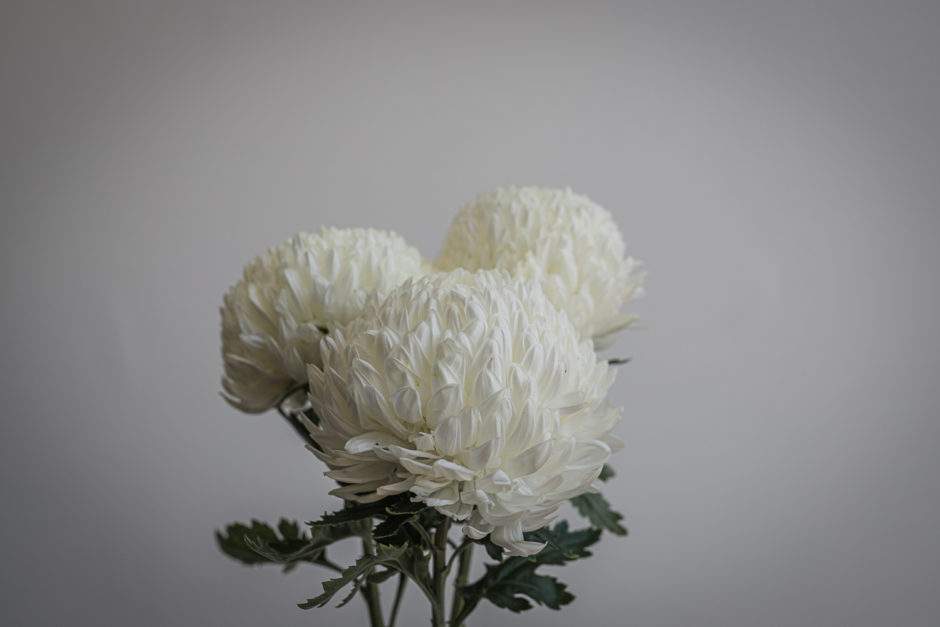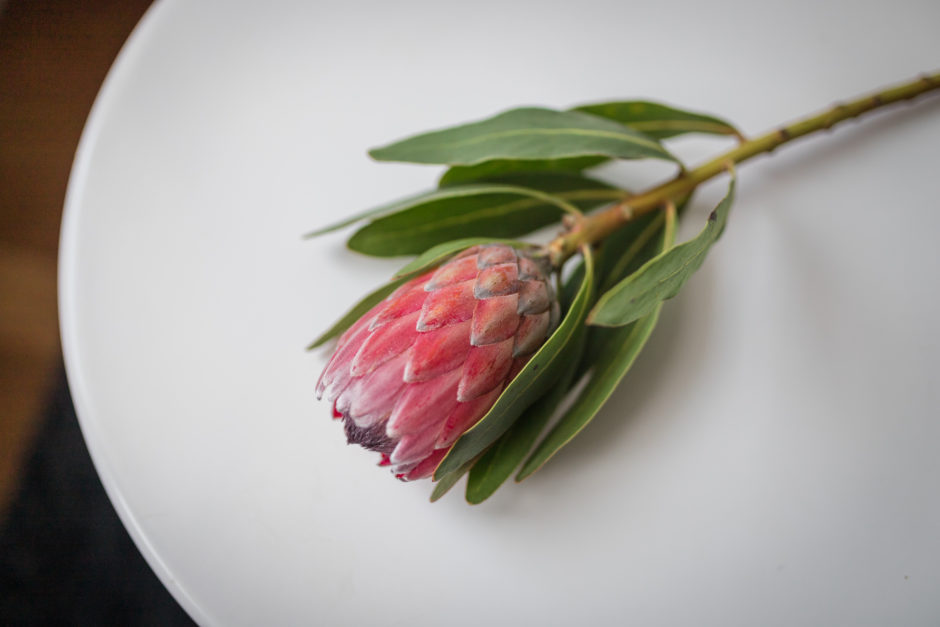Blog
Floriography: a bouquet for every occasionYvette

Using flowers to communicate messages or feelings has been happening for thousands of years. Formally known as floriography, the practice became very popular in Victorian England, where speaking feelings or expressing emotions was usually repressed in polite society. With there being so many different meanings for flower pairings, eventually “La langage des Fleurs,” was published in 1819 by Louis Cortambert.
While interest in floriography faded in the 20th century, it was recently brought back to the forefront by Kate Middleton, Duchess of Cambridge, choosing her wedding bouquet flowers for their meanings. Her bouquet featured Lilies of the Valley (the return of happiness), Myrtle (marriage, love) and Sweet Williams (gallantry).
We love to see this revival of flowers holding specific messages within the 21st century, so let’s have a look at what popular flowers mean and when you might send them.

Grief
There are just as many types of grief as there are flowers that symbolise them. While white flower varieties are very popular, there are other flowers to pair with these to communicate a more specific message.
- Lilies – symbolise the soul returning to peace. Sympathy, majesty and purity.
- White roses – representing purity, reverence and innocence.
- White chrysanthemums – symbolise grief and mourning. Truth, grief and loyalty.
- Blue orchids – meaning precious and rare. Appropriate for the passing of a child.
- Tulips – symbolise new beginnings, forgiveness and deep love.
Encouragement/Congratulations
Messages of encouragement and congratulations cover a wide range of occasions, like graduations, new jobs, a new baby or any big life achievement really! These are the flowers you want to go for.
- Amaryllis – symbolising pride in the receiver
- Chamomile – representing energy in adversity
- Clover – literally meaning good luck
- Edelweiss – a symbol of courage and daring
- Heather – meaning luck and protection
- Laurel – symbolising glory, victory and success

Apology/Forgiveness
Men have been apologising to their wives with flowers for as long as we can remember. But when you take into account the meanings of the flowers, the apology takes on a whole new depth.
- Asphodel – literally meaning, “my regrets follow you to the grave”
- Hyacinth – asking for forgiveness
- Protea – representing transformation
- Rue – symbolising regret for words spoken
Friendship
What friend doesn’t want to receive a beautiful bouquet of hidden messages? These are the flowers to put together for a good friend to let them know how much you care.
- Eucalyptus – symbolising protection for the receiver
- Forget-me-not – self-explanatory, but you’re basically saying, don’t forget me!
- Honeysuckle – representing devotion and affection
- Orchid – symbolising elegance and beauty
- Pansy – letting them know you’re thinking about them
- Sweet pea – meaning, “thank you for a lovely time”
- Zinnia – symbolising everlasting friendship
Romantic Love
While red roses are the ultimate symbol of romantic love, there are plenty of other flowers to choose from to let that special someone know how you’re feeling.
- Buttercup – meaning, “you are radiant with charm”
- Cornflower – symbolising hope in love
- Dahlia – representing eternal love and commitment
- Honeysuckle – a symbol of devotion and affection
- Ivy – meaning fidelity and attachment
- Lilac – symbolising a first love, reminiscing the past
- Myrtle – another flower symbolising love
- Pansy – meaning, “you occupy my thoughts”
- Tulip – meaning, “I declare my love for you”
Displeasure/Warning
Now, we don’t know how often you send a bouquet of flowers to your mortal enemy, but for the classy villains among us, here are the flowers you want to go for.
- Basil – literally symbolising hate (doesn’t get more straightforward than that!)
- Foxglove – symbolising riddles and secrets
- Lavender – representing distrust in the receiver
- Petunia – a symbol of anger and resentment
- Tansy – symbolising hostility
- Wormwood – meaning a feeling of bitterness
There literally is a flower for every feeling under the sun, so next time you’re planning on sending a condolences card or a congratulations text, consider putting together a bouquet of flowers. Talk about a personal touch!
Now that you know what the flowers mean, it’s time to learn how to arrange them! Check out our Bloom Basics course for some super easy bouquet tutorials.
What Are The Best Floral Foam Alternatives? 10 Sustainable Flower Growers in Victoria – Part 1
